Energy
Teil 2: Wie du deinen Energieverbrauch schätzt
By
Team Ostrom
2.10.2022

3
Min.

Zu schätzen, wie viel Energie ein Haushalt in Kilowattstunden (kWh) verbraucht, ist ein wichtiger Schritt beim Wechsel des Energieversorgers. Diese Information wird oft von den Energieversorgern verlangt, wenn sie einen neuen Tarif abschließen. Außerdem kann sie den Haushalten helfen, ihren Energieverbrauch besser zu verstehen und Wege zu finden, um Energie zu sparen und ihre Energierechnung zu senken. In diesem Artikel erklären wir dir, wie du den Energieverbrauch deines Haushalts in Kilowattstunden (kWh) schätzt, und geben dir einige Tipps, wie du deinen Energieverbrauch senken kannst.
Zu Beginn musst du einige Informationen über den Energieverbrauch in deinem Haushalt sammeln. Dazu können gehören:
- Deine aktuelle Energierechnung: Sie sollte dir Informationen über deinen Energieverbrauch in kWh und den Betrag, den du dafür bezahlst, liefern.
- Die Größe deines Hauses: Je größer dein Haus ist, desto mehr Energie wirst du wahrscheinlich verbrauchen.
- Die Anzahl der Personen in deinem Haushalt: Je mehr Menschen in deinem Haushalt leben, desto mehr Energie verbrauchst du wahrscheinlich.
- Die Art der von dir verwendeten Geräte und Anlagen: Einige Geräte und Anlagen wie Klimaanlagen, Kühlschränke und Waschmaschinen verbrauchen mehr Energie als andere.
- Deine Energiegewohnheiten: Auch die Art und Weise, wie du Energie nutzt, kann sich auf deinen Energieverbrauch auswirken. Wenn du zum Beispiel energieeffiziente Geräte verwendest und das Licht und die Geräte ausschaltest, wenn sie nicht gebraucht werden, kannst du den Energieverbrauch senken.
Sobald du diese Informationen gesammelt hast, kannst du sie nutzen, um den Energieverbrauch deines Haushalts in kWh zu schätzen. Es gibt verschiedene Methoden, die du dafür verwenden kannst, darunter:
- Einen Energierechner benutzen: Viele Energieversorger haben auf ihren Websites Energierechner, die dir helfen, deinen Energieverbrauch anhand der von dir angegebenen Daten zu schätzen. Gib einfach die relevanten Informationen ein und der Rechner liefert dir eine Schätzung deines Energieverbrauchs in kWh.
- Verwendung der durchschnittlichen Energieverbrauchsdaten: Du kannst auch die durchschnittlichen Energieverbrauchsdaten verwenden, um den Energieverbrauch deines Haushalts zu schätzen. Die U.S. Energy Information Administration (EIA) veröffentlicht durchschnittliche Energieverbrauchsdaten für verschiedene Arten von Haushalten, die eine hilfreiche Referenz sein können.
- Direkte Messung deines Energieverbrauchs: Eine andere Möglichkeit ist, deinen Energieverbrauch direkt mit einem sogenannten Kilowattstundenzähler zu messen. Diese Geräte sind online oder in Baumärkten erhältlich und ermöglichen es dir, deinen Energieverbrauch in Echtzeit zu messen.
Sobald du den Energieverbrauch deines Haushalts in kWh geschätzt hast, kannst du diese Informationen nutzen, um die Energietarife verschiedener Anbieter zu vergleichen und denjenigen zu wählen, der deinen Bedürfnissen am besten entspricht. Es ist auch eine gute Idee, deinen Energieverbrauch regelmäßig zu überprüfen und nach Möglichkeiten zu suchen, ihn zu senken. Einige einfache Möglichkeiten dazu sind:
- Energieeffiziente Geräte verwenden: Energieeffiziente Geräte verbrauchen weniger Energie als herkömmliche Geräte, was dazu beitragen kann, deinen Energieverbrauch zu senken und deine Energierechnung zu reduzieren.
- Schalte Licht und Geräte aus, wenn sie nicht gebraucht werden: Einfaches Ausschalten von Licht und Geräten, wenn sie nicht gebraucht werden, kann helfen, den Energieverbrauch zu senken.
- Natürliches Licht anstelle von künstlichem Licht verwenden: Natürliches Licht ist eine kostenlose und reichlich vorhandene Lichtquelle, die zur Reduzierung des Energieverbrauchs genutzt werden kann.
- In energieeffiziente Modernisierungsmaßnahmen investieren: Einige Modernisierungsmaßnahmen, wie z. B. das Hinzufügen von Dämmstoffen oder das Ersetzen alter Fenster durch energieeffiziente Fenster, können dazu beitragen, den Energieverbrauch und die Energierechnung zu senken.
Zusammenfassend lässt sich sagen, dass die Schätzung des Energieverbrauchs deines Haushalts in kWh ein wichtiger Schritt ist, um den Energieversorger zu wechseln und Möglichkeiten zum Energiesparen und zur Senkung der Energierechnung zu finden. Indem du Informationen über deinen Energieverbrauch sammelst, Energierechner oder durchschnittliche Energieverbrauchsdaten verwendest oder deinen Energieverbrauch direkt misst, kannst du dir ein besseres Bild von deinem Energieverbrauch machen und Wege finden, ihn zu senken.







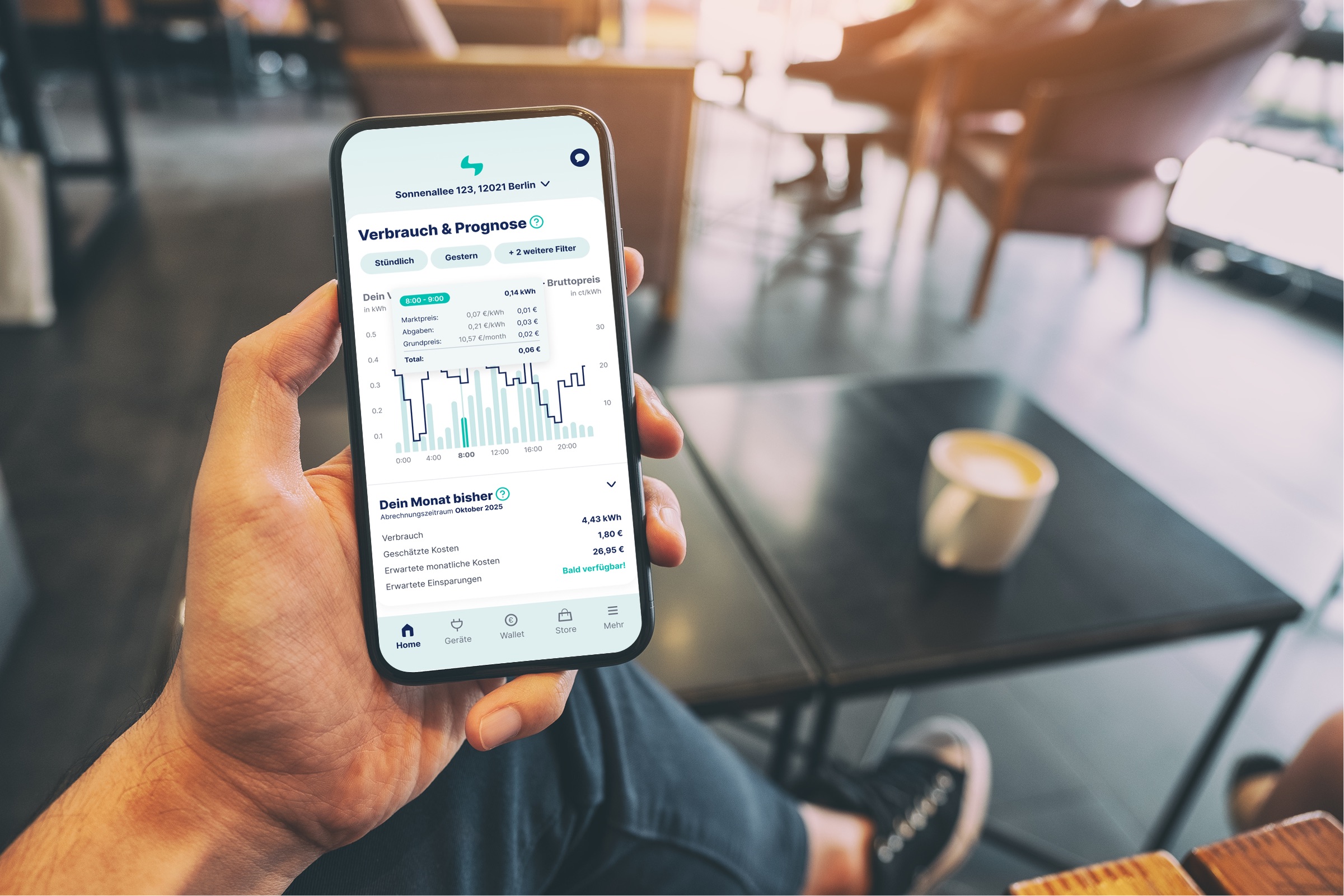
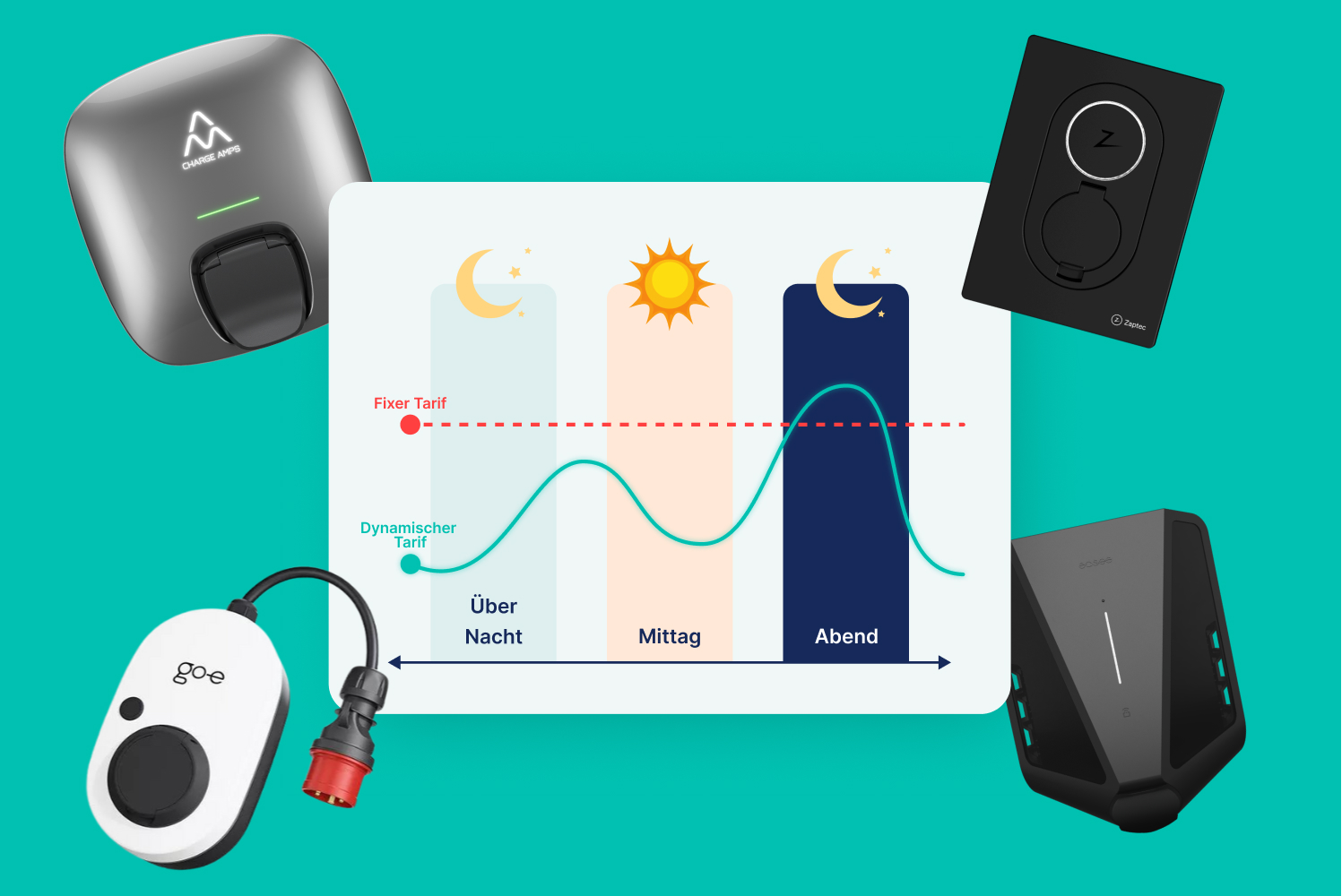
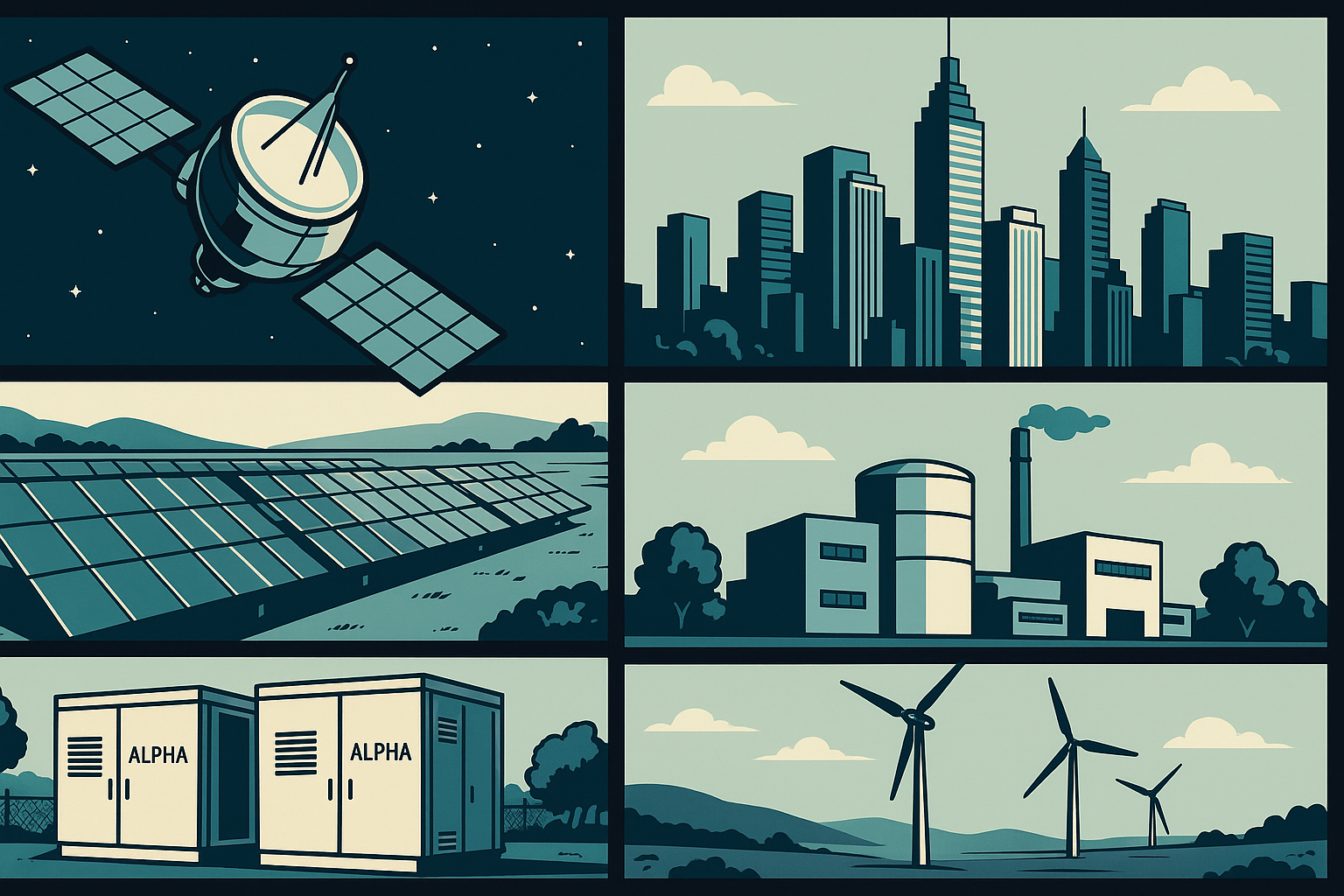

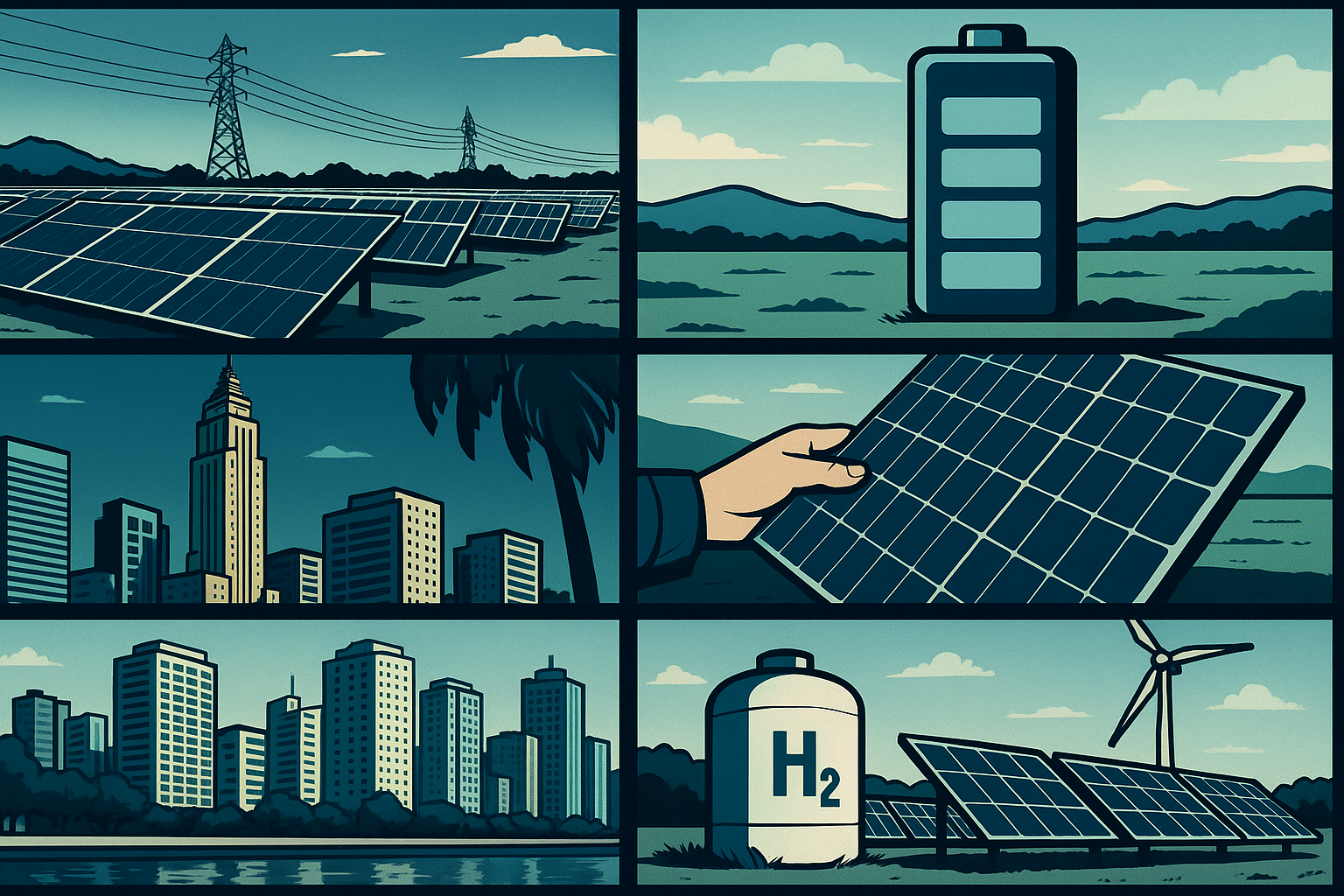
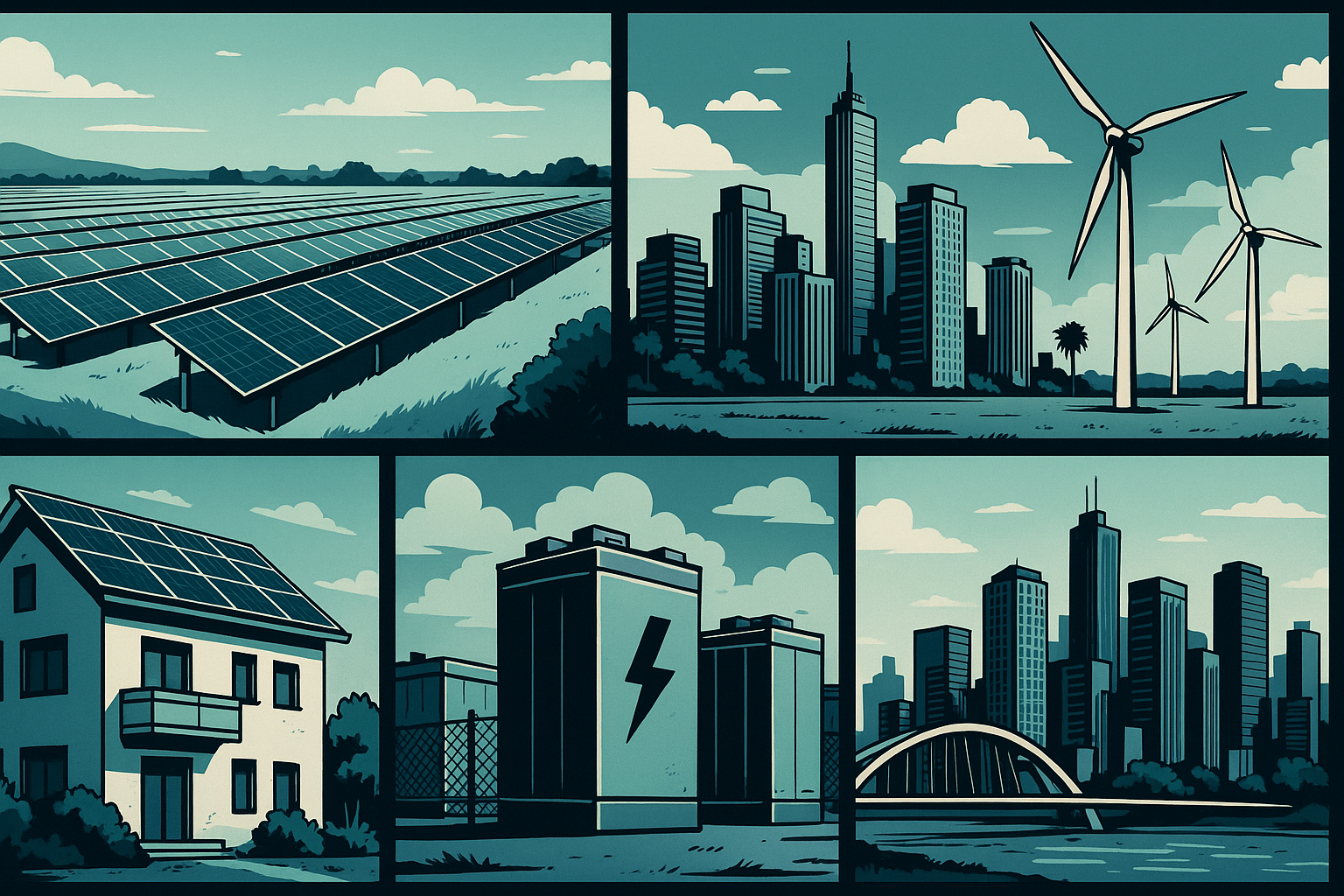


.avif)